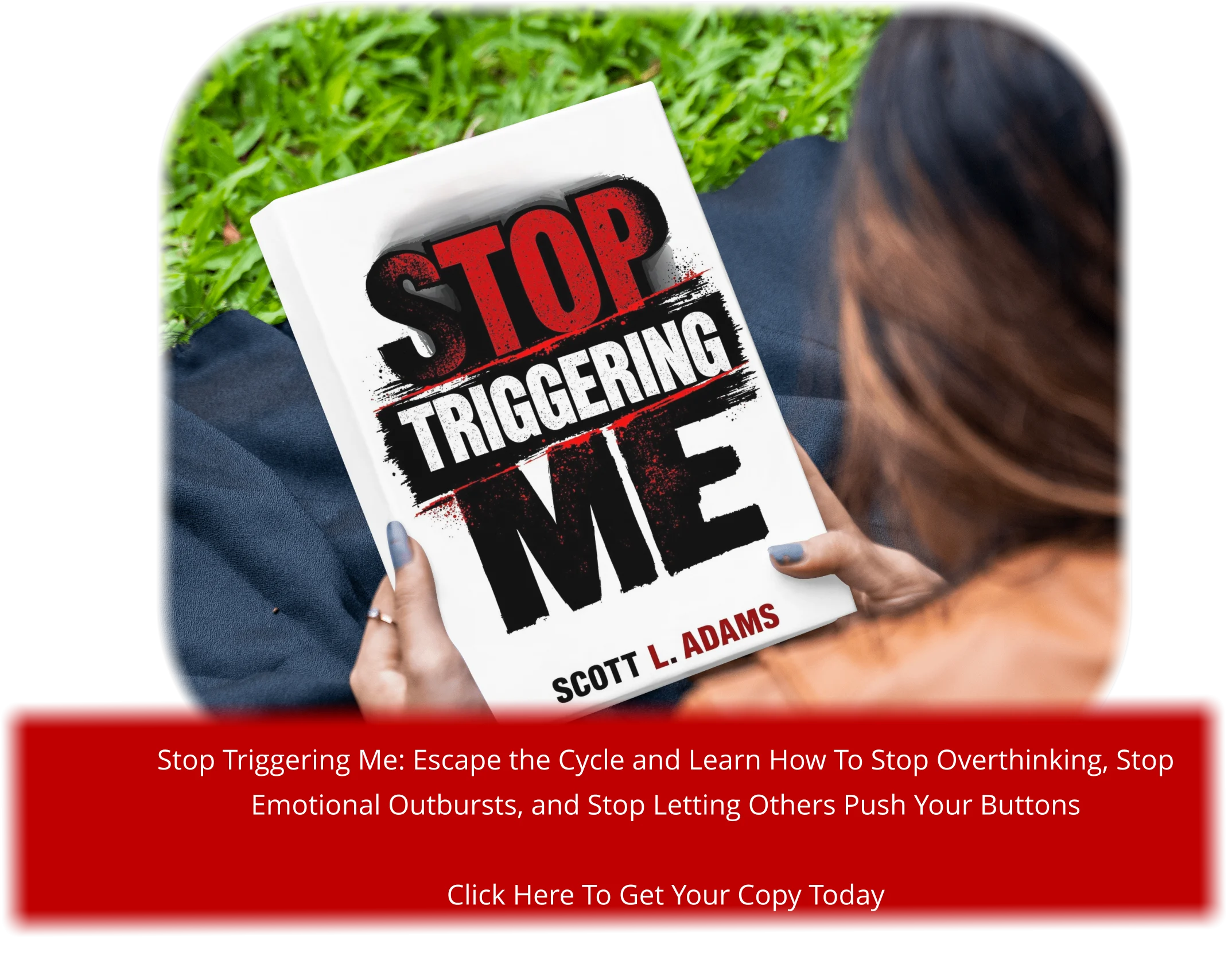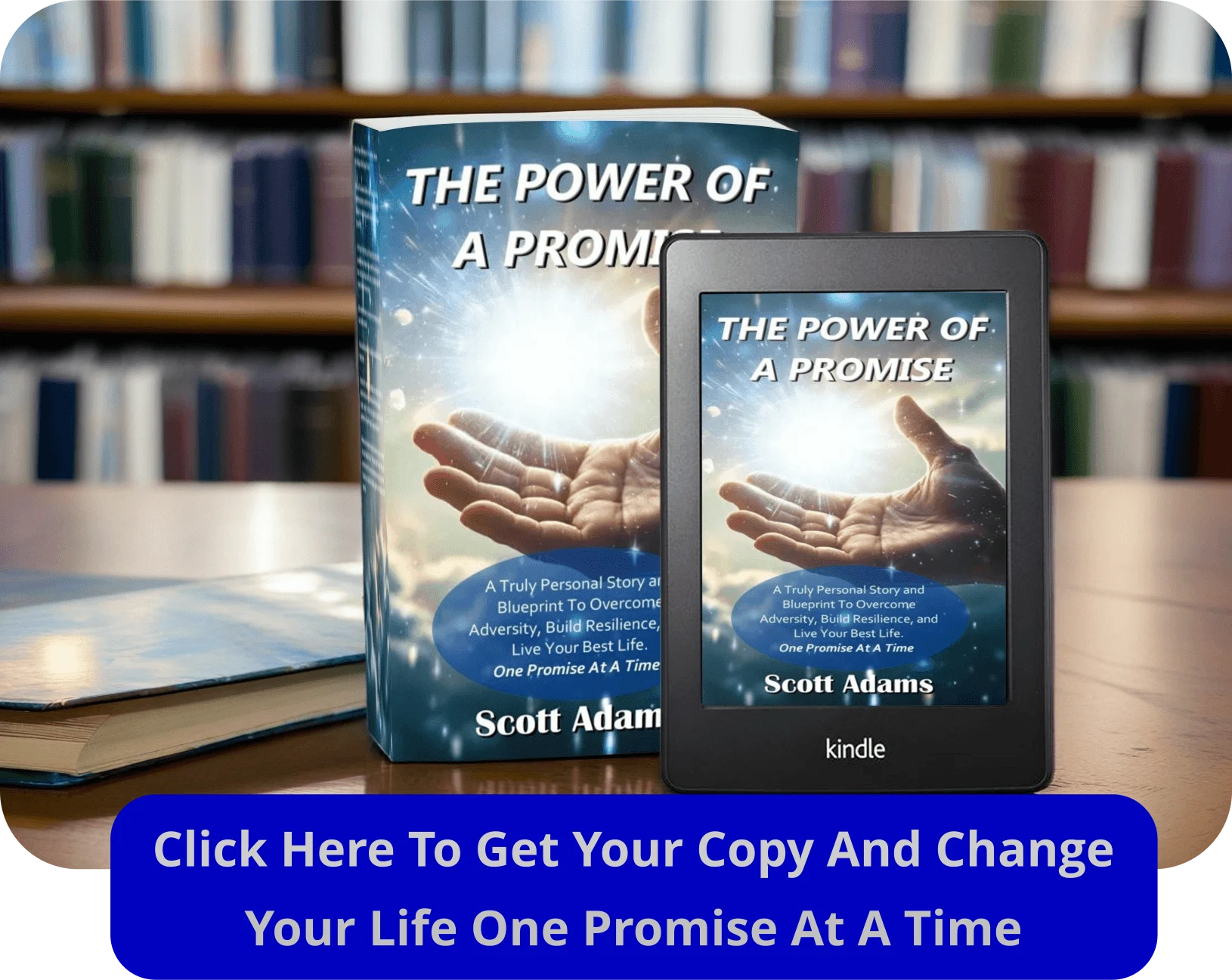I remember a time when anger felt like a constant companion. It would linger in my mind, clouding my thoughts and draining my energy. One day, after a heated argument, I realized how much it was affecting my health and relationships. That moment became a turning point for me. I decided to explore ways to manage my emotions and break free from the cycle of negative thinking.
Anger isn’t who we are—it’s an emotion we can learn to handle. Research shows that mindfulness practices can reduce negative thoughts and help us regain control over our reactions1. Taking a deep breath, for example, is a simple yet powerful step to calm the body and mind2. Over time, I discovered that acknowledging my feelings and practicing self-compassion made a world of difference.
In this article, I’ll share practical steps and personal insights to help you transform anger into a healing process. Together, we’ll explore how to reclaim peace and create a healthier way of thinking.
Key Takeaways
- Anger is an emotion, not your identity—it can be managed with the right tools.
- Mindfulness practices can reduce negative thoughts and improve emotional control.
- Taking deep breaths is an effective way to calm the body and mind.
- Acknowledging your feelings is the first step toward emotional healing.
- Transforming anger into a positive process takes time and practice.
Understanding Anger and Its Role in Negative Thinking
Anger often sneaks into our lives when we least expect it. It might start with a rude comment or a frustrating delay. Over time, these small triggers can build up, leading to stress and negative thoughts. I’ve noticed how even a minor inconvenience can set off a chain reaction of emotions, making it hard to focus on the positive.
What Triggers Anger in Daily Life
Anger doesn’t always come from big events. Sometimes, it’s the little things—like a friend canceling plans or a person cutting in line. These moments can feel personal, even if they’re not. I’ve learned that recognizing these triggers is the first step to managing them. Research shows that being aware of what sets us off can help reduce angry feelings3.
For example, I once got upset over a spilled coffee. It wasn’t about the coffee—it was the stress of a busy day. Understanding this helped me see that anger is often a response to something deeper. It’s not just about the thing that happened but how we interpret it.
The Impact on Mental Health and Relationships
Anger doesn’t just affect us—it impacts our relationships too. I’ve seen how unresolved anger can create distance between someone and their loved ones. Studies show that uncontrolled anger can lead to stress-related problems like insomnia and headaches3. It can also increase anxiety and strain connections with family and friends.
One time, I let my anger take over during a disagreement. It didn’t solve anything—it just made things worse. That’s when I realized how important it is to address anger before it spirals. By acknowledging our emotions and finding healthier ways to express them, we can protect our mental health and strengthen our bonds with others.
Letting go of negativity: A Fundamental Approach to Move On
Breaking free from negative thinking starts with understanding its roots. I’ve learned that our thoughts are not who we are—they’re just passing emotions. Research shows that individuals experience around 6,000 thoughts per day, many of which are negative4. Recognizing this can help us see that these feelings are temporary and don’t define us.
One of the most powerful steps I’ve taken is separating myself from my negative thoughts. Instead of letting them control me, I acknowledge them and let them pass. This shift in thinking has been a game-changer. It’s not about ignoring the emotion but understanding that it’s just a part of the process.
Here’s what I’ve found helpful:
- Acknowledge your thoughts: Name them to reduce their power4.
- Shift your mindset: Focus on what you can control, not what you can’t.
- Practice self-compassion: Treat yourself with kindness during tough moments.
This approach isn’t just about moving on—it’s about healing. By creating a mental separation from our negative thinking, we can begin to reclaim our peace. It’s a journey, but one that’s worth every step.
“You are not your thoughts. You are the observer of your thoughts.”
Remember, this is a personal journey. What works for one person might not work for another. The key is to find what resonates with you and make it a part of your daily practice. Over time, you’ll notice a shift in how you see yourself and the world around you.
Practical Strategies to Release Negative Emotions
Releasing negative emotions doesn’t have to be complicated—it’s about finding what works for you. Over the years, I’ve discovered that small, consistent steps can make a big difference. Whether it’s through breathing exercises or creative methods like journaling, these techniques have helped me regain control over my emotions.
Deep Breathing Techniques and Mindful Exercises
One of the simplest yet most effective ways to calm the mind is by taking a few deep breaths. When I feel overwhelmed, I pause and focus on my breath. This practice interrupts the cycle of negative thoughts and brings me back to the present moment. Studies show that mindfulness-based interventions can reduce symptoms of anxiety by up to 50%5.
Here’s a quick exercise I use:
- Inhale deeply for four counts.
- Hold for four counts.
- Exhale slowly for six counts.
Repeat this three times, and you’ll notice a shift in your thinking.
Journaling, Spew Letters, and the Worry Box Method
Journaling has been a game-changer for me. Writing down my emotions helps me process them without judgment. Sometimes, I write a “spew letter”—a raw, unfiltered letter I never send. It’s a safe way to release pent-up anger or frustration. Research shows that journaling can reduce anxiety levels by 50% over time6.
Another creative technique is the worry box. I write down my recurring negative thoughts on small pieces of paper and place them in a box. This physical act helps me let go of those thoughts and creates mental space for positivity.
“Writing is a way to untangle the mess in your mind.”
These methods aren’t just about releasing emotions—they’re about reclaiming your peace. Start small, and you’ll see how these practices can transform your thinking over time.
Incorporating Physical Activity and Mindfulness into Healing
Physical activity and mindfulness have been transformative in my journey toward emotional healing. I’ve found that combining movement with mindful practices creates a powerful synergy. It’s not just about exercise—it’s about connecting with your body and mind in a way that fosters balance and peace.
Movement-Based Approaches: From Yoga to Shake It Off
Yoga has been a cornerstone of my healing process. The gentle stretches and focused breathing help release tension and calm my thoughts. Studies show that yoga can reduce anxiety and improve mental health by promoting relaxation7.
Sometimes, I just need to shake it off—literally. A quick dance session or a brisk walk can shift my emotions and clear my mind. Research indicates that even short bursts of physical activity can boost mood and reduce stress8.
Meditation and Grounding Practices for Stress Relief
Meditation has become a daily practice for me. Sitting quietly and focusing on my breath helps me let go of negative thoughts. Studies suggest that mindfulness meditation can lower blood pressure and improve sleep quality7.
Grounding techniques, like focusing on my senses, bring me back to the present moment. For example, I’ll name five things I can see, four I can touch, three I can hear, two I can smell, and one I can taste. This simple strategy helps me feel centered and calm.
“Movement is a medicine for creating change in a person’s physical, emotional, and mental states.”
Incorporating these practices into your routine doesn’t have to be complicated. Start with a few minutes each day and gradually build from there. Over time, you’ll notice a positive shift in your thinking and overall well-being.
Seeking Support Through Relationships and Professional Assistance
When I first reached out for support, I wasn’t sure where to start. I’ve learned that healing isn’t something we have to do alone. Relationships—whether with a friend, family member, or therapist—can play a crucial role in our emotional well-being. Research shows that supportive relationships can reduce stress and improve mental health9.
However, not all relationships are healthy. I’ve had to set boundaries with people who added more stress than support. Amy Morin, on The Verywell Mind Podcast, emphasizes the importance of building trust and clear boundaries in relationships. This has been a game-changer for me.
Building Healthy Boundaries and Trust
Setting boundaries isn’t about pushing people away—it’s about protecting your health. I’ve found that being honest about my needs helps create healthier dynamics. For example, I once had a friend who constantly vented without reciprocating support. By setting a boundary, I preserved my emotional energy.
Trust is another key part of any relationship. It takes time to build, but it’s worth it. Studies show that trust reduces anxiety and fosters deeper connections10.
The Role of Professional Assistance
Sometimes, we need more than a friend can offer. Therapy has been a vital strategy in my healing journey. Whether in-person or through telehealth services, professional help provides tools to manage negative thoughts and emotions9.
Here are some steps I’ve taken to seek professional support:
- Arrange appointments: Schedule regular sessions to stay consistent.
- Utilize telehealth: Access support from the comfort of home.
- Be open: Share your thoughts honestly to get the most out of therapy.
“You don’t have to face your struggles alone. Support is out there—sometimes, you just need to ask.”
Recognizing when a relationship is causing more harm than good is crucial. If you feel drained or unsupported, it might be time to seek change. Remember, seeking help is a sign of strength, not weakness.
Conclusion
Healing from anger is a journey, not a destination. Throughout this article, we’ve explored practical ways to manage emotions and regain peace of mind. From taking a deep breath to journaling your thoughts, each practice offers a step toward a healthier life.
Remember, negative thoughts are temporary signals, not permanent parts of who you are. Studies show that mindfulness can reduce stress by up to 30%11, and journaling helps process emotions effectively12. These tools are here to guide you, not define you.
Be patient with yourself. Healing takes time, and it’s okay to seek help along the way. Whether through supportive relationships or professional guidance, you’re not alone in this process. Every small step you take brings you closer to a more balanced and fulfilled life.







